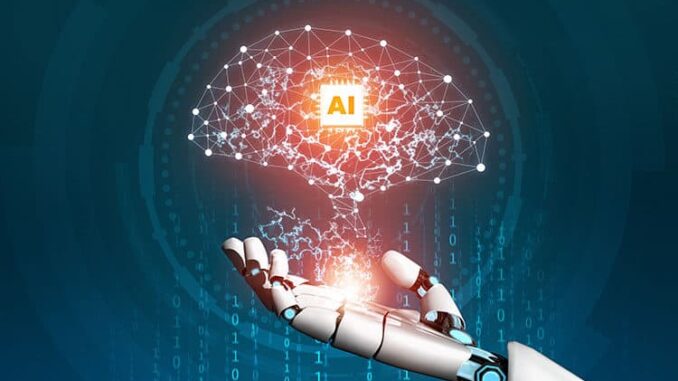
Yes, AI algorithms analyze historical data in various ways to extract insights, make predictions, and inform decision-making processes across different domains. Here are a few key points about how AI utilizes historical data:
1. **Data Collection**: Historical data can come from various sources, including databases, transaction records, social media, sensors, and more. The quality and relevance of the data play a crucial role in the effectiveness of AI models.










2. **Feature Engineering**: This involves selecting, modifying, or creating new features from the raw data to improve model performance. Relevant historical features may highlight trends or patterns useful for the algorithms.
3. **Training Models**: Machine learning algorithms, such as supervised learning methods, rely heavily on historical data to learn patterns. By training on labeled datasets, these models can discern relationships within the data, allowing them to make predictions about future or unseen data.
4. **Time Series Analysis**: Historical data is often used in time series analysis, where algorithms identify trends, seasonal patterns, and cycles within the data over time. This is critical for forecasting and understanding complex temporal dynamics.
5. **Anomaly Detection**: AI can analyze historical patterns to identify anomalies or outliers that may indicate fraud, operational issues, or other significant events.
6. **Predictive Analytics**: By applying historical data, AI algorithms can forecast future outcomes based on learned patterns. For example, businesses use historical sales data to predict future sales and adjust inventory levels accordingly.
7. **Classification and Clustering**: AI can classify historical data into predefined categories or cluster similar data points together, providing insights into relationships and groupings that may not have been apparent.
8. **Natural Language Processing (NLP)**: Algorithms can analyze historical text data to extract sentiments, topics, and trends that inform customer opinions, behaviors, and market shifts.
9. **Model Evaluation and Refinement**: Historical data is used for validating and testing the performance of AI models. Metrics are derived from how well predictions match actual outcomes, guiding continuous improvement of the algorithms.
10. **Decision Support Systems**: AI utilizes historical data in decision-making processes across industries like finance, healthcare, marketing, and supply chain management, enabling organizations to make data-driven decisions.
In summary, historical data serves as a cornerstone for AI algorithms, allowing them to learn, recognize patterns, predict outcomes, and assist in automated decision-making processes across various applications.


Leave a Reply